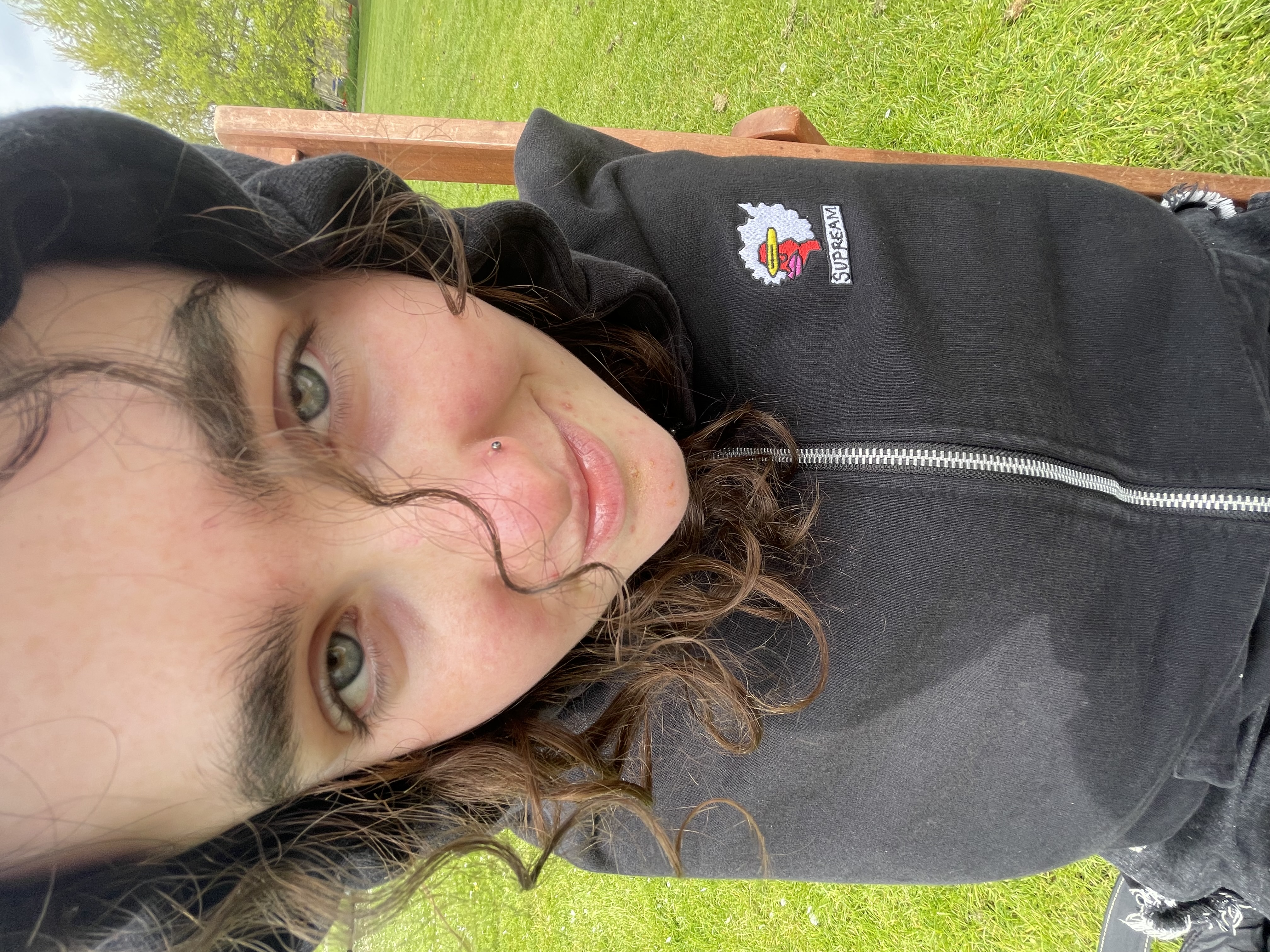restorative justice
Cards (5)
- restorative justice -system for dealing with offending behaviour which focuses on the rehabilitation of offenders through reconciliation with victimsenables an offender to see impact of their crime and serves to empower survivors by giving them a voice
- changing the emphasis -
- switch emphasis from needs of state (to enforce the law and punish) to needs of individual victim (to feel compensated in some way and come to terms with the crime)
- less about 'retribution' and more about 'reparation'
- restorative justice focuses on 2 things:
- victims recovery
- offenders recovery/rehabilitation
- key features of programme -
- trained mediator supervises meeting
- non-courtroom setting where offenders voluntarily meet with survivors
- survivor can confront offender + explain how incident affected them
- active involvement of all parties
- focus on positive outcomes for survivor and offender
- all relevant community members may have a role in process (friends, family members) - explain effects of crime
- sentencing and restitution -
- may occur pre-trial, alongside sentence, alternative to prison (especially if offender is young) or as an incentive to reduce length of a sentence
- restitution seen as monetary payment by offender to survivor for harm resulting from offence - financial restitution to reflect psychological or physical damage, repairing damaged property themselves
- can also be more emotional - offender can support healing process by repairing and rebuilding survivors confidence or self-esteem
- restorative justice council -
- an independent body whose role is to establish clear standards for the use of restorative justice and to support survivors and specialist professionals in the field
- the RJC advocates the use of restorative practice beyond dealing with crime - used in preventing and managing conflict in many areas including schools, children's services, workplaces hospitals and communities
